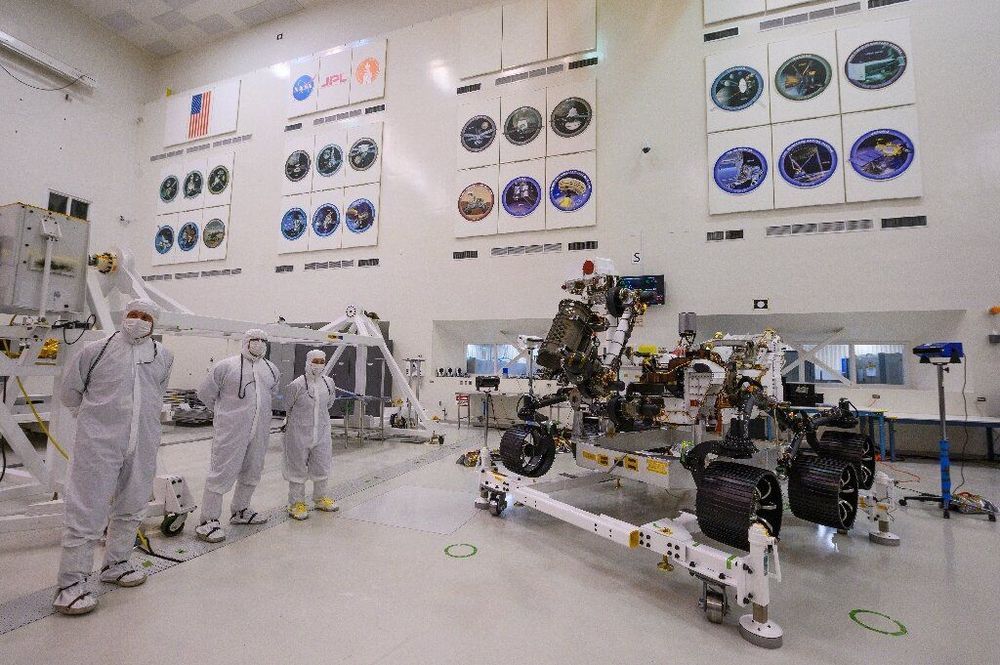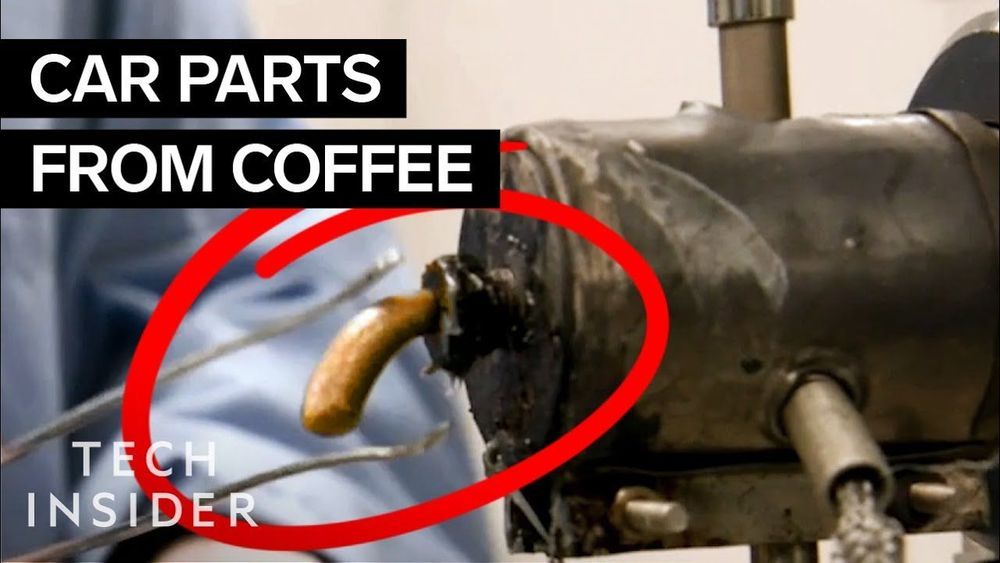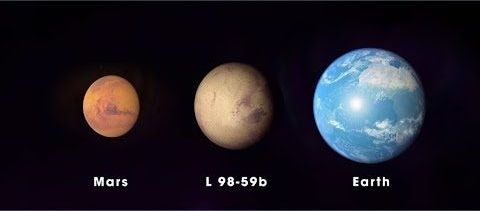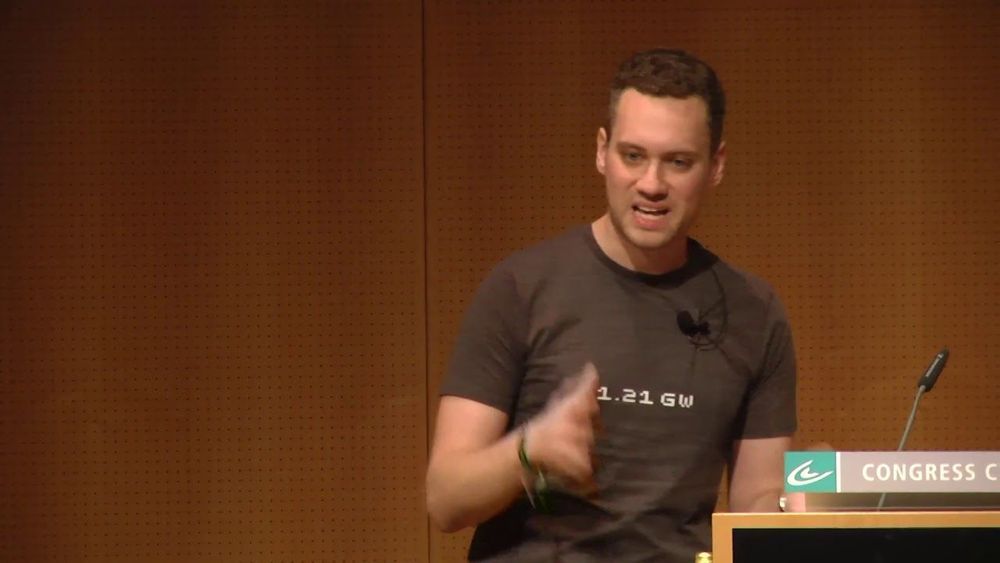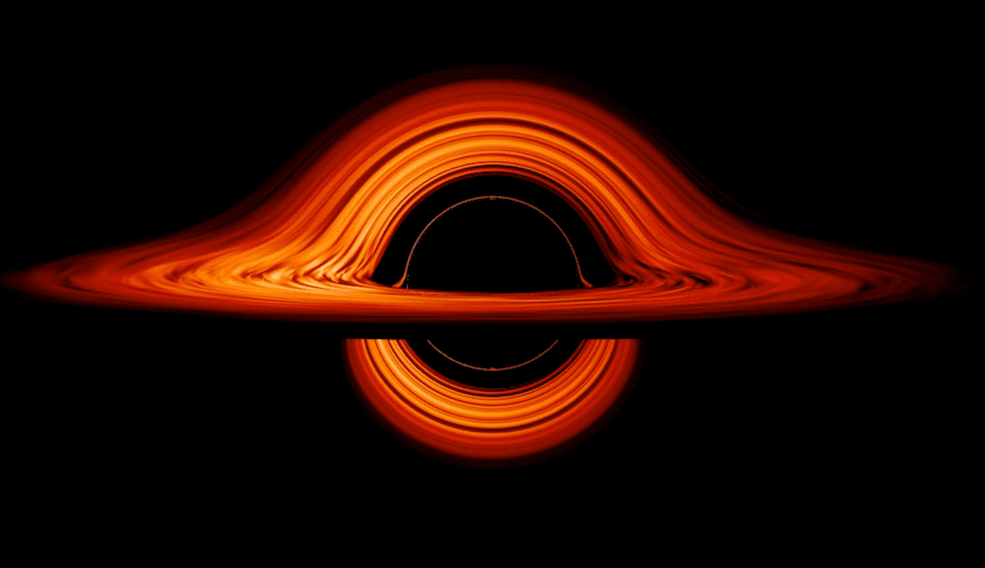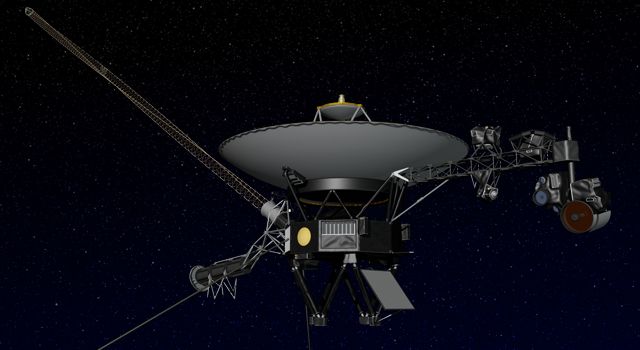Dec 29, 2019
Mars 2020 rover to seek ancient life, prepare human missions
Posted by Saúl Morales Rodriguéz in category: space
The Mars 2020 rover, which sets off for the Red Planet next year, will not only search for traces of ancient life, but pave the way for future human missions, NASA scientists said Friday as they unveiled the vehicle.
The rover has been constructed in a large, sterile room at the Jet Propulsion Laboratory in Pasadena, near Los Angeles, where its driving equipment was given its first successful test last week.
Shown to invited journalists on Friday, it is scheduled to leave Earth in July 2020 from Florida’s Cape Canaveral, becoming the fifth US rover to land on Mars seven months later in February.
